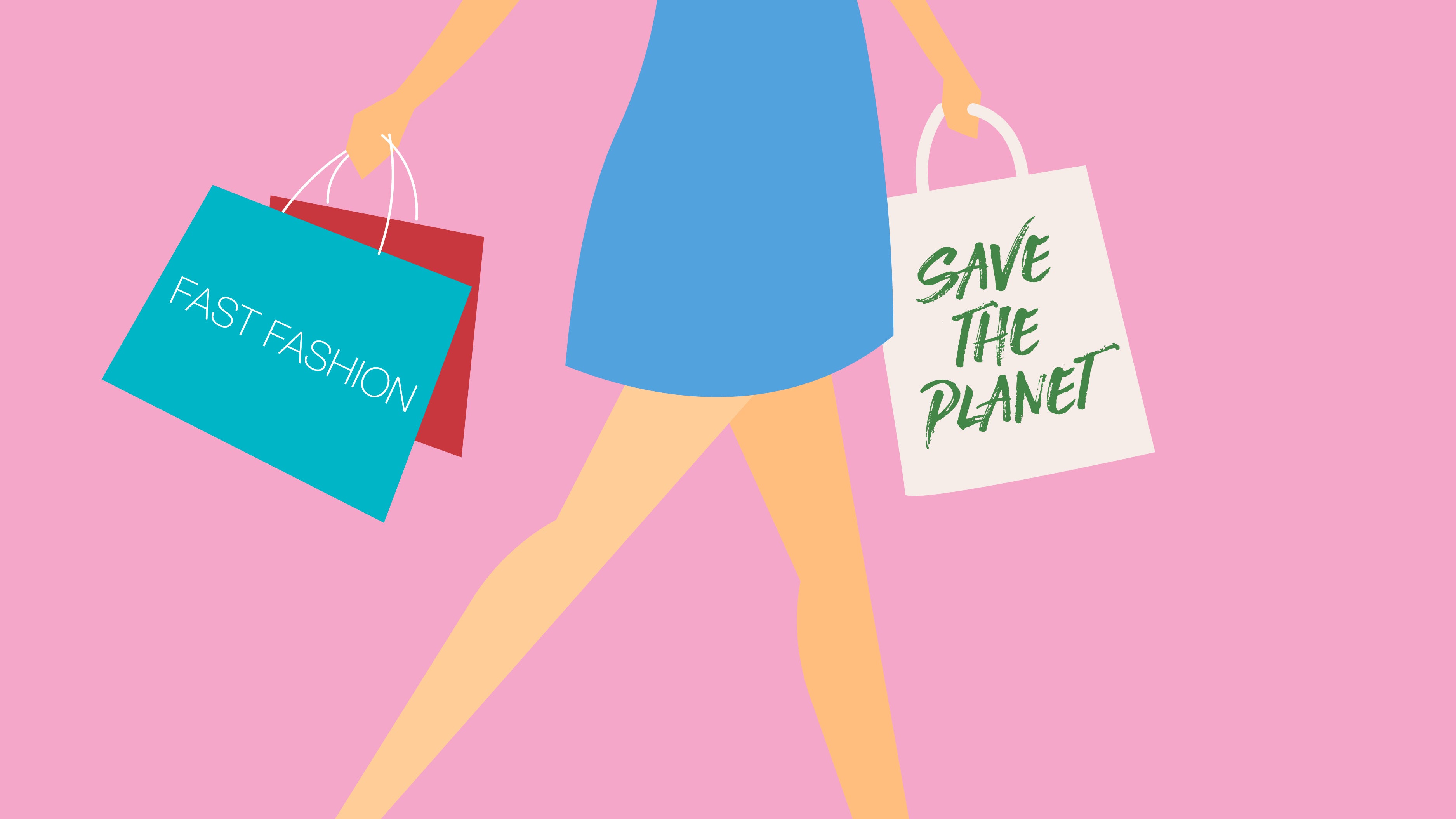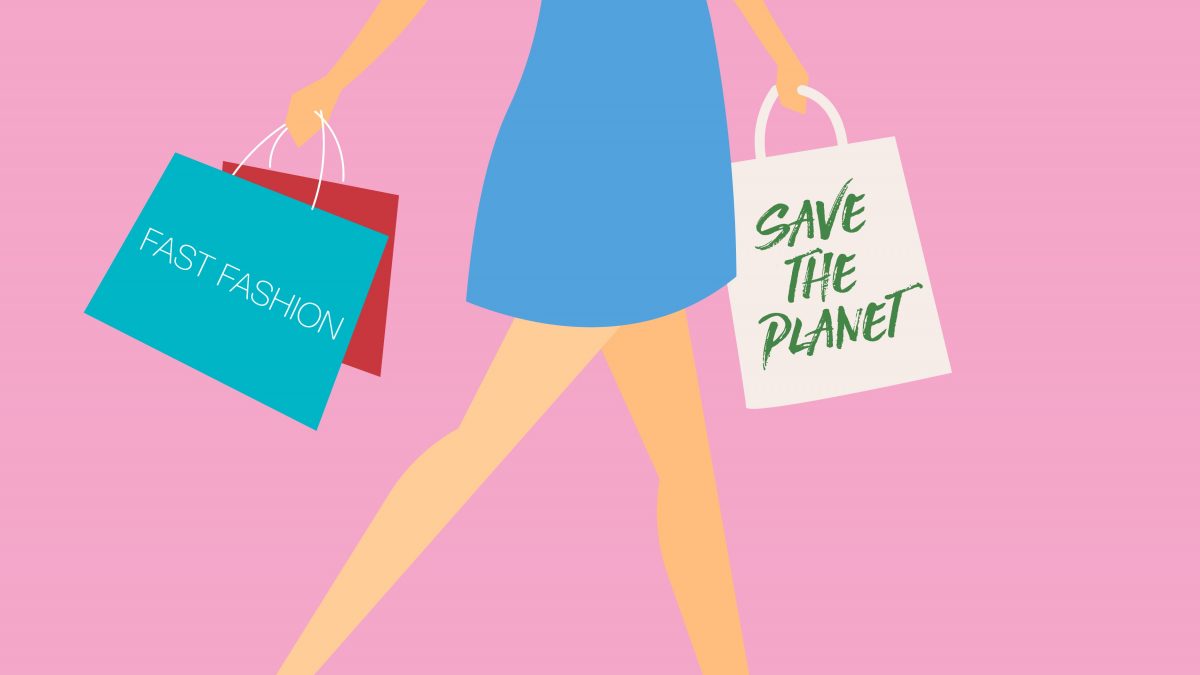
NEW YORK, United States — These days, it’s hard to open your favourite news app without being bombarded with headlines about millennials, the demographic that every brand wants to charm.
Why? Just look at the numbers. In 2017, millennials in the US alone spent about $200 billion and it is estimated that, by the end of 2018, they will have more spending power than any other generation.
There is little doubt that millennials have distinct values and consumer behaviours. This appears to include an interest in sustainability.
Sixty six percent of global millennials are willing to spend more on brands that are sustainable, according to the State of Fashion 2018 report by BoF & McKinsey. Nearly 90 percent believe they will help create more sustainable products by convincing businesses and governments to change existing practices, according to research by LIM College, a school dedicated to the business of fashion in New York. In the same study, an equal percentage of respondents said they would be willing to boycott a fashion brand if it was not sustainable.
Millennials are also more aware of the textile industry’s environmental and social shortcomings than older generations, believed Oeko-Tex Association, a group of 16 independent textile research and test institutes in Europe and Japan. They are also more inclined to see the textile industry as a major polluter and are more concerned than previous generations about harmful substances in their clothing. What’s more, Oeko-Tex found that 60 percent of millennials are interested in certified sustainable clothing, while 69 percent of millennials check claims like “eco-friendly” or “sustainable” when buying clothes.
The message seems clear: millennials care about sustainable fashion. But do they buy it?
While actual sales data is hard to come by, only 34 percent of millennials say they are driven to make a fashion purchase because a product was sustainable, according to LIM College. What’s more, Oeko-Tex reports that while 60 percent are interested in certified clothing, only 37 percent say they have actually purchased them.
Sustainability will be the next major battlefield where brands will compete for millennial spend
Why the gap? Do millennials simply say they care about sustainable fashion but lack the genuine conviction to follow through in what they buy? Or is there something more nuanced at play here?
Product availability and lack of clear marketing seem to be the main issues.
First, the fashion industry is not providing millennials with sufficient sustainable fashion choices that also meet their most important criteria for making a purchase: ease of purchase, price and value. For 95 percent of millennials, these are the key drivers for making purchases, finds LIM College.
Indeed, sustainable fashion brands are so few they can be counted on the fingers of one hand. Of course, there are labels such as Everlane, Patagonia or Reformation which are actively pushing sustainability as a core attribute of their brands. Yet, the vast majority of brands do not offer the scale or variety of sustainable fashion items to meet millennial expectations and tastes.
In addition, brands could play a more active role in effectively marketing sustainability. Few consumers will actually take the time to visit a brand’s corporate sustainability page or read a sustainability report. Sustainability information needs to be clear, visible and easily accessible — both in-store and online — to cater to the short attention span millennials are so famous for.
This includes putting details on environmental and ethical credentials in e-commerce product descriptions and on physical product labels and banners in retail stores. Specifically, integrating consumer facing sustainability labels such as the Global Organic Textile Standards (GOTS) or the certified Leather Working Group (LWG) could help. Some brands have even created their own labels for sustainable products. For example, when ASOS created Eco Edit, a curated destination where customers can buy sustainable fashion, beauty and jewellery goods, the retailer also created an Eco Edit symbol to help customers identify and learn more about the sustainable product ranges they sell.
Similarly, giving e-commerce consumers the ability to filter products by sustainable attributes like “fair trade” or “100% organic cotton” — much like they filter products based on price, brand or colour — could sync with millennials’ desire for ease of use. On REI’s website, shoppers can filter by attributes like “biodegradable,” “vegan” and “organic.”
Why should executives bother? Surely, solving the millennial sustainability gap is a major commercial opportunity waiting to be exploited. Indeed, there is every reason to believe that sustainability will be the next major battlefield where brands will compete for millennial spend.
Luna Atamian Hahn-Petersen is a sustainability consultant, working at Salterbaxter in New York, specialising in helping apparel and luxury companies to develop sustainable brands.
How to submit an Op-Ed: The Business of Fashion accepts opinion articles on a wide range of topics. The suggested length is 800 words, but submissions of any length will be considered. Submissions may be sent to contributors@businessoffashion.com. Please include ‘Op-Ed’ in the subject line. Given the volume of submissions we receive, we regret that we are unable to respond in the event that an article is not selected for publication.

